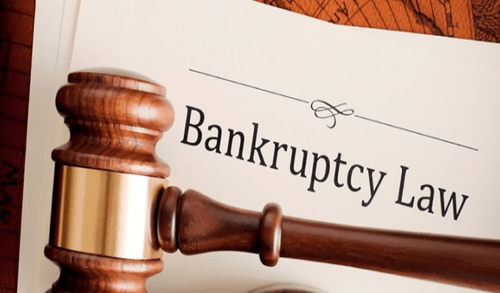When facing the possibility of losing their homes to foreclosure, many homeowners may feel overwhelmed and hopeless. However, bankruptcy can be a powerful tool for stopping a foreclosure action and allowing homeowners to keep their homes. In this article, we’ll explore how bankruptcy can be used to stop a foreclosure, what types of bankruptcy are available, and what homeowners should consider before filing for bankruptcy.
How Bankruptcy Can Stop a Foreclosure
When a homeowner falls behind on their mortgage payments, the lender may initiate a foreclosure action. Foreclosure is a legal process by which the lender takes possession of the property and sells it to recover the unpaid balance of the loan. However, filing for bankruptcy can put a stop to the foreclosure process and provide the homeowner with an opportunity to catch up on missed payments.
When a homeowner files for bankruptcy, an automatic stay goes into effect, which puts a halt to all collection efforts, including foreclosure. The automatic stay gives the homeowner time to work out a plan to catch up on missed mortgage payments, either through a repayment plan or a loan modification. In some cases, the homeowner may be able to eliminate other debts through bankruptcy, which can free up money to put toward mortgage payments.
Types of Bankruptcy
There are two main types of bankruptcy that homeowners can file to stop a foreclosure: Chapter 7 and Chapter 13.
Chapter 7 bankruptcy is also known as liquidation bankruptcy. In this type of bankruptcy, the debtor’s assets are sold off to pay their debts. However, in many cases, the debtor’s home is protected by exemptions, which allow them to keep their home while still eliminating other debts. Chapter 7 bankruptcy can be a good option for homeowners who have little to no income and no hope of catching up on missed mortgage payments.
Chapter 13 bankruptcy is also known as reorganization bankruptcy. In this type of bankruptcy, the debtor creates a repayment plan that lasts three to five years. During this time, the debtor makes payments to a bankruptcy trustee, who distributes the money to creditors, including the mortgage lender. Chapter 13 bankruptcy can be a good option for homeowners who have a steady income and can afford to make monthly payments to catch up on missed mortgage payments.
What Homeowners Should Consider Before Filing for Bankruptcy
Before filing for bankruptcy, homeowners should consider their overall financial situation and whether bankruptcy is the best option for them. Bankruptcy can have long-term consequences, including damage to credit scores and difficulty obtaining credit in the future. Homeowners should also consider the costs of filing for bankruptcy, including attorney’s fees and court costs.
It’s also important to note that bankruptcy may not be a viable option for every homeowner facing foreclosure. If the homeowner has little equity in their home or the mortgage lender has already initiated the foreclosure process, bankruptcy may not be able to stop the foreclosure.
Conclusion
Bankruptcy can be a powerful tool for stopping a foreclosure action and allowing homeowners to keep their homes. By filing for bankruptcy, homeowners can take advantage of the automatic stay and work out a plan to catch up on missed mortgage payments. However, before filing for bankruptcy, homeowners should consider their overall financial situation and whether bankruptcy is the best option for them. Consulting with an experienced bankruptcy attorney can help homeowners make informed decisions about their financial future.

